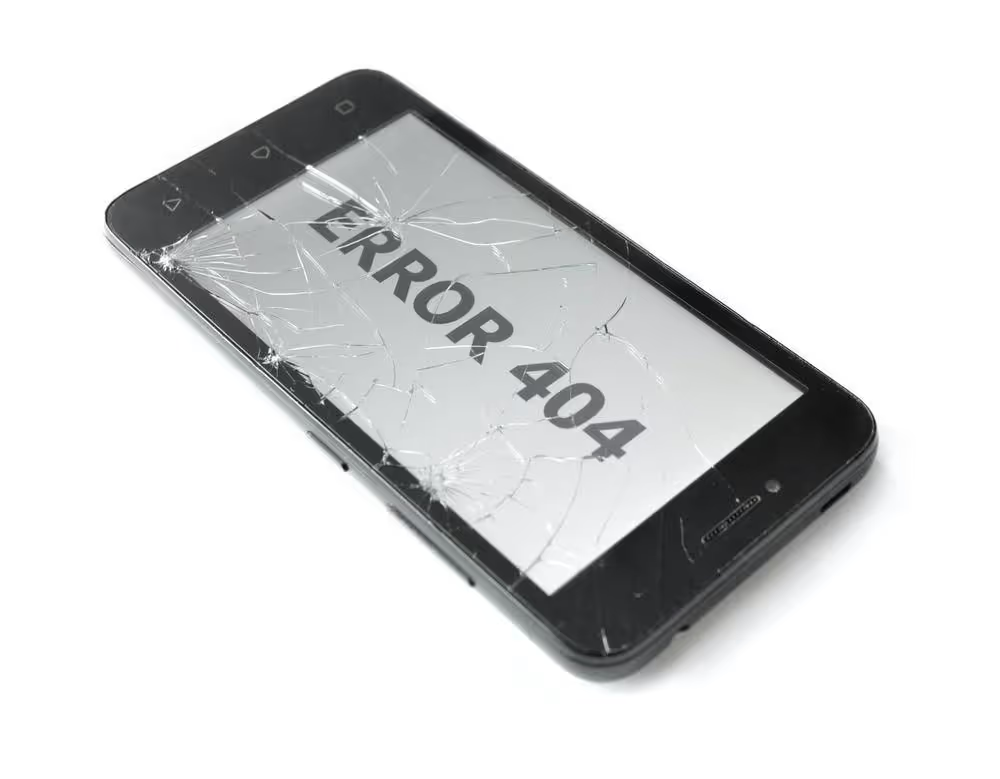Understanding Custodial Solutions & Self-custody in Crypto (Part 1)
In the first part of a 2-part series, we explain the difference between custodial services and self-custody, and explore their respective benefits and tradeoffs.
9 minute read

Editorial note: The following article contains discussion of Decentralized Finance (DeFi). DeFi refers to a relatively new financial system based on blockchain, that decentralizes the infrastructure, processes, and technologies used in traditional financial transactions. As such, when it comes to DeFi, the regulatory framework that exists around traditional finance is incomplete and evolving. It is important that readers do their own research, and understand that coverage of DeFi products and services on Spotlight does not constitute endorsement by either the Spotlight editorial board, Blokhaus Inc, or any affiliated organizations.
This article is the first in a two-part series covering the concept of self-custody in crypto and some of the variety of self-custody solutions that are offered on Tezos. In this first article, we will discuss the concept of self-custody in comparison to custodial services like centralized exchanges - explain what each of these solutions are, and the risk/benefit tradeoffs between the two.
In the world of crypto, the safety and security of how your assets are stored is of the utmost importance. There are two fundamentally different ways that you can store your crypto: You can either use a custodial service, in which case you trust other entities to store and manage your assets for you; or you can opt for self-custody, in which case you assume personal responsibility for the safekeeping and auditing of your assets. There are of course tradeoffs between the two options, and it is important to understand what those tradeoffs are so that you can make an informed decision about which option will suit you best.
In this article we will first review the differences between crypto custodial services and self-custody, and then consider some of the tradeoffs between the two options.
Let’s dive in.
Custodial services vs. self-custody #
All cryptocurrencies are stored in digital wallets that each have a unique password associated with them - a wallet’s unique password is called a ‘seed phrase’ or a ‘private key’. The primary difference between a custodial service and self-custody is a matter of who has possession of the private key associated with a wallet.
For example, if a user stores their crypto on a centralized exchange like Coinbase or Binance, these are custodial services because the exchange is the entity with possession of the private keys that correspond to the wallets in which users’ assets are stored. The user retains legal permission to access their funds, but the exchange is the custodian of the assets which means that they technically have access to and ownership of the funds, via the private keys.
Self-custody, on the other hand, simply means that you maintain full possession of your own private keys, and therefore you have complete control over and access to your assets - no one else can access your funds, unless you choose to share your private keys with them. With self-custody, then, you maintain technical access to your funds, in addition to your legalpermission.*
Some tradeoffs #
Custodial services: For users that are new to crypto and Web3, custodial services can seem very convenient, because they put everything you need in one place. With a centralized exchange, you can link your conventional bank account, making the purchase of crypto easy. You can hold a variety of different assets in one place without having to store a variety of private keys. If you want to trade one asset for another, you have trading services at your fingertips, and in some cases your funds may even have the soft insurance policy of FDIC backing.
In short, centralized exchanges are convenient, and offer services and a familiar user experience akin to legacy banking. It’s understandable then that for new users this might seem a more appealing option than self-custody.
But what custodial solutions offer in terms of convenience and familiarity, they lack when it comes to offering trustless security, full ownership, and transparency. Cryptocurrency exchanges are not held to the same regulatory standards as conventional banks, meaning that you - the customer - don’t have the same level of protection if the exchange goes bust, or proves to have been mismanaged. In either event, you risk losing your funds.
How might this happen? If a custodian were to use customer deposits without their authorization to grant loans to other institutions that end up being defaulted on, for example, or by engaging in unauthorized rehypothecation of customer funds. In such a scenario, if the custodian were to be liquidated when market conditions went south, it could create a cascading effect that leaves them insolvent. If insufficient liquidity was left to cover the withdrawal of assets, investors might lose their money.

Photo by Towfiqu barbhuiya / Unsplash
Such scenarios are possible because, as mentioned above, making use of custodial services requires that you give up your private keys. In essence, this means you are giving up technical ownership of your funds in exchange for a mere legal permission to access them.
Obviously this is risky, and, for many people, relying exclusively on these kinds of systems is antithetical to the whole point of crypto. As the saying goes: ‘not your keys, not your crypto.’
Self-custody: In contrast, self-custody offers crypto-holders a ‘trustless’ solution. Via cryptography, you have the option to maintain full technical ownership over your funds, and you do not have to rely on other people or institutions to be good actors. But self-custody comes with its own risks, as well as headaches.
First of all, for many users, the thought of being solely responsible for keeping up with their private keys is scary. Cryptocurrency lives online, and information about which keys have access to what funds is just data stored on the blockchain. In simple terms, this means that as long as you have your private key and an internet connection, you can always retrieve your funds by restoring it on a compatible digital wallet. Suppose you were storing your crypto on a mobile wallet, and your phone was accidentally destroyed - in that case, all you would need to do to retrieve your funds is obtain a new device that supports a digital wallet and restore your private key on it.
But if your phone was accidentally destroyed and you happened to misplace your private key, you would be in trouble. Since a private key is the only way to restore your funds, if you lose the only wallet you have access to and fail to retrieve the private key for it, you have no recourse. For some people this is more responsibility, and a greater risk, than they are willing to take on.

Photo by Kostiantyn Li / Unsplash
Secondly, when it comes to self-custody, there is a certain amount of technical friction around the user experience. There are many crypto wallets out there, both software wallets and hardware wallets, which support different blockchains and work in different ways, so users have to pick from a sea of different choices, figure out which wallets work for which blockchains, which ones are credible, etc. This alone is a significant pain barrier, especially for beginners.
Upon setting up a wallet, users are provided with their cryptographic materials (private key/seed phrase), usually alongside a message to the effect that this information should be stored securely, offline. So not only does the user have to take on the responsibility of storing this information in the first place, but they have to make sure to do it in the right way. It can feel overwhelming.
In addition, the user experience of some wallets, especially hardware wallets, can be challenging for the average user. It is not uncommon to encounter confusing or buggy interfaces, and unlike established device manufacturers, many of the companies that market wallets for crypto don’t have well-established customer support.
Finally, with self-custody comes the responsibility of compliance with tax requirements. Given the current lack of clarity around how cryptocurrency is regulated, this can be complicated, especially when it comes to staking.
In summary, custodial services and self-custody both have their tradeoffs, and it is important for crypto holders to understand what these are in order to make an informed decision about which option might suit them best.
In part 2 of this article, we will review some of the self-custody solutions available on the Tezos blockchain.